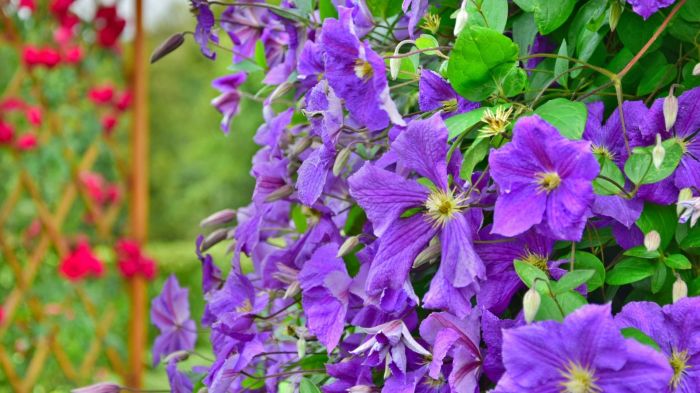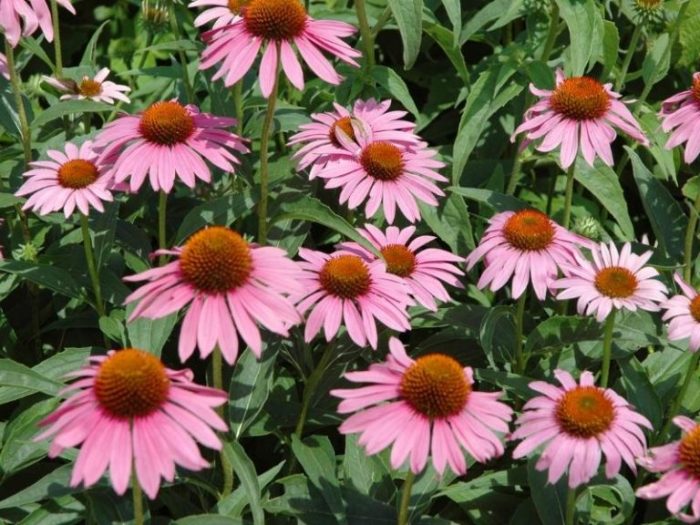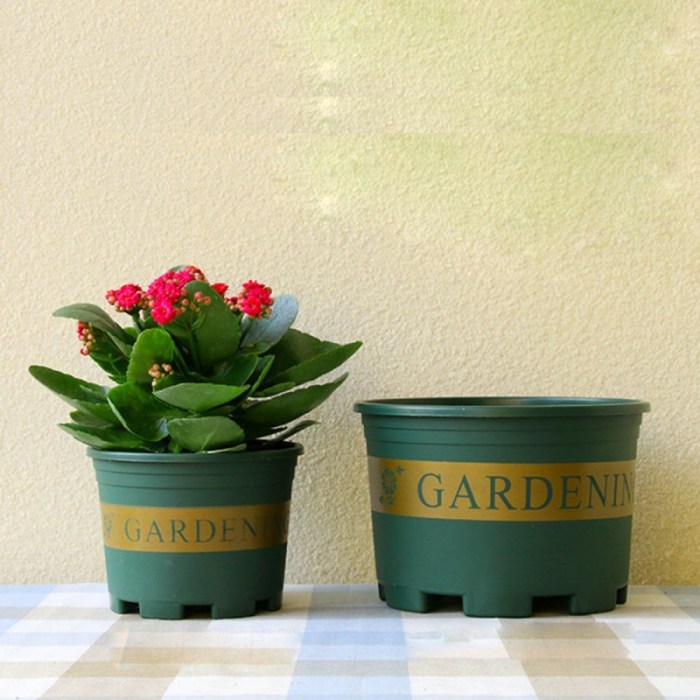Planting the Hydrangea in the Pot

How to plant hydrangeas in pots – Gently placing your hydrangea into its new home is a crucial step. Doing it correctly ensures the plant thrives and rewards you with abundant blooms. Think of this as giving your hydrangea a comfortable, spacious new apartment!Planting your hydrangea involves careful consideration of depth and soil compaction to promote healthy root growth.
Successfully planting hydrangeas in pots begins with selecting the right pot size and well-draining potting mix. Proper planting ensures healthy growth, leading seamlessly into the crucial aspects of ongoing maintenance detailed in this comprehensive guide on hydrangea plant care potted. Understanding these care requirements is key to maximizing your hydrangea’s bloom and ensuring its long-term health in its container.
Potting Depth and Spacing
Choose a pot that’s at least twice the diameter of the hydrangea’s root ball. This provides ample space for root growth and prevents rootbound conditions. Place a layer of drainage material, such as gravel or broken pottery shards, at the bottom of the pot to prevent waterlogging. Position the hydrangea in the pot, ensuring the top of the root ball is level with the soil surface.
Avoid planting it too deeply, as this can suffocate the roots. Leaving a little space between the root ball and the pot’s edge will allow for soil settling and future growth. Imagine the root ball nestled comfortably in its new space, with enough room to stretch and expand.
Firming the Soil Around the Roots
After placing the hydrangea, carefully fill the pot with a well-draining potting mix, gently working it around the root ball. Firm the soil gently but firmly with your hands to ensure good contact between the roots and the soil. This eliminates air pockets and helps the roots absorb water and nutrients efficiently. Think of it as giving your hydrangea a supportive hug, securing it in place.
Avoid compacting the soil too tightly, which can restrict root growth. A gentle, even firmness is key. Visualize your hands carefully pressing the soil around the roots, like you’re making a soft, secure bed for them.
Watering the Newly Planted Hydrangea, How to plant hydrangeas in pots
After planting, water the hydrangea thoroughly until water drains from the drainage holes. This helps settle the soil and ensures the roots are well hydrated. However, avoid overwatering, which can lead to root rot. Let the top inch of soil dry out slightly between waterings. Imagine a gentle, soaking rain nourishing the roots, not a flood that drowns them.
Regular, moderate watering will keep the soil consistently moist but not soggy. The aim is to provide a balanced and supportive environment for the roots to flourish.
Winter Care and Protection

Potted hydrangeas, with their stunning blooms, require special attention as winter approaches to ensure their survival and continued beauty in the coming seasons. The key is to protect them from frost and harsh winter conditions, which can severely damage or even kill the plant. Your approach will depend largely on your climate zone and the severity of your winters.Protecting your potted hydrangea from winter’s chill is crucial for its health and longevity.
Failure to provide adequate protection can lead to frost damage, root rot, and ultimately, the death of your plant. Different methods offer varying degrees of protection, depending on your climate and the severity of the winter.
Overwintering Methods
The best way to protect your potted hydrangea during winter depends on your local climate. Some areas experience mild winters, while others face harsh frosts and freezing temperatures. Choosing the right method is vital for the plant’s survival.
- For mild winter climates (zones 7-9): Moving the pot to a sheltered location, such as a porch or against a south-facing wall, often provides sufficient protection. Mulching the soil surface with a layer of organic material like bark chips will help insulate the roots and protect them from freezing temperatures. Regular watering, ensuring the soil doesn’t completely dry out, is also important even in winter.
- For moderate winter climates (zones 6-7): More protection is needed. Consider wrapping the pot with burlap or insulating material to prevent the soil from freezing. You can also place the pot inside a larger container filled with insulating material like straw or leaves. Moving the pot closer to the house or a wall can further help reduce exposure to the coldest winds.
- For cold winter climates (zones 0-5): Overwintering indoors is often necessary. Choose a cool, bright location away from heating vents. Reduce watering frequency to prevent root rot, but don’t allow the soil to completely dry out. Observe the plant closely for signs of stress, such as leaf drop or wilting. You might consider a grow light to supplement natural light if needed.
Common Problems and Troubleshooting: How To Plant Hydrangeas In Pots

Potted hydrangeas, while rewarding, can sometimes encounter challenges. Understanding these issues and how to address them is key to keeping your plants healthy and blooming beautifully. Proper care and preventative measures are your best allies in ensuring a thriving hydrangea.
Common problems often stem from improper watering, insufficient sunlight, nutrient deficiencies, or pest infestations. Addressing these issues promptly will help your hydrangea recover and flourish.
Pest and Disease Identification and Solutions
Hydrangeas are susceptible to various pests and diseases. Common culprits include aphids, spider mites, powdery mildew, and leaf spot. Aphids are small, soft-bodied insects that suck sap from leaves, causing yellowing and stunted growth. Spider mites are tiny arachnids that create webbing on leaves and cause stippling. Powdery mildew is a fungal disease that appears as a white powdery coating on leaves.
Leaf spot manifests as brown or black spots on the foliage. Treating these problems requires different approaches. Aphids and spider mites can often be controlled with insecticidal soap or neem oil. Powdery mildew and leaf spot may require fungicides. Always follow product instructions carefully.
Addressing Yellowing Leaves, Wilting, and Lack of Blooms
Yellowing leaves can indicate several issues, including overwatering, underwatering, nutrient deficiencies (especially iron), or root rot. Wilting often points to underwatering or root problems. Lack of blooms can result from insufficient sunlight, improper pruning, or nutrient deficiencies. Addressing these requires careful observation and adjustments to your plant care routine. Ensure your hydrangea receives adequate, but not excessive, water, sufficient sunlight, and a balanced fertilizer.
Proper pruning techniques are also vital for promoting abundant blooms.
Preventing Common Problems Through Proper Care and Maintenance
Prevention is always better than cure. Providing your potted hydrangea with well-draining soil, consistent watering (avoiding both soggy soil and complete dryness), adequate sunlight (generally 6-8 hours of indirect light), and regular fertilization (with a hydrangea-specific fertilizer) significantly reduces the risk of many problems. Regularly inspecting your plant for signs of pests or diseases allows for early intervention, preventing major issues from developing.
Choose a pot with drainage holes to avoid waterlogged soil, a significant contributor to root rot.
Common Problems, Causes, and Solutions
| Problem | Cause | Solution | Prevention |
|---|---|---|---|
| Yellowing Leaves | Overwatering, underwatering, nutrient deficiencies (iron), root rot | Adjust watering, apply iron chelate, improve drainage | Well-draining soil, balanced fertilization, regular watering |
| Wilting | Underwatering, root problems, heat stress | Water thoroughly, check roots for damage, provide shade during heatwaves | Consistent watering, well-draining soil, adequate shade |
| Lack of Blooms | Insufficient sunlight, improper pruning, nutrient deficiencies | Provide more sunlight, prune correctly (after flowering), fertilize appropriately | Proper pruning, adequate sunlight, balanced fertilization |
| Pest Infestation (Aphids, Spider Mites) | Pest invasion | Insecticidal soap, neem oil | Regular inspection, preventative sprays |
| Fungal Diseases (Powdery Mildew, Leaf Spot) | Fungal infection | Fungicide application | Good air circulation, avoid overhead watering |
Helpful Answers
Can I use tap water to water my potted hydrangeas?
Tap water is generally acceptable, but it’s best to let it sit out for 24 hours to allow chlorine to dissipate. Alternatively, use rainwater or filtered water.
How often should I prune my potted hydrangeas?
Pruning depends on the hydrangea type (mophead, lacecap, paniculata). Generally, light pruning after flowering is recommended to remove dead or damaged stems. More significant pruning should be done according to the specific hydrangea type’s needs.
What should I do if my hydrangea leaves are turning yellow?
Yellowing leaves can indicate overwatering, underwatering, nutrient deficiencies, or chlorosis (iron deficiency). Check the soil moisture, adjust watering accordingly, and consider using a hydrangea-specific fertilizer.
My hydrangea isn’t blooming. What could be the problem?
Lack of blooms can be due to insufficient sunlight, incorrect pruning, improper fertilization, or stress from environmental factors. Review your care practices and address any potential issues.



